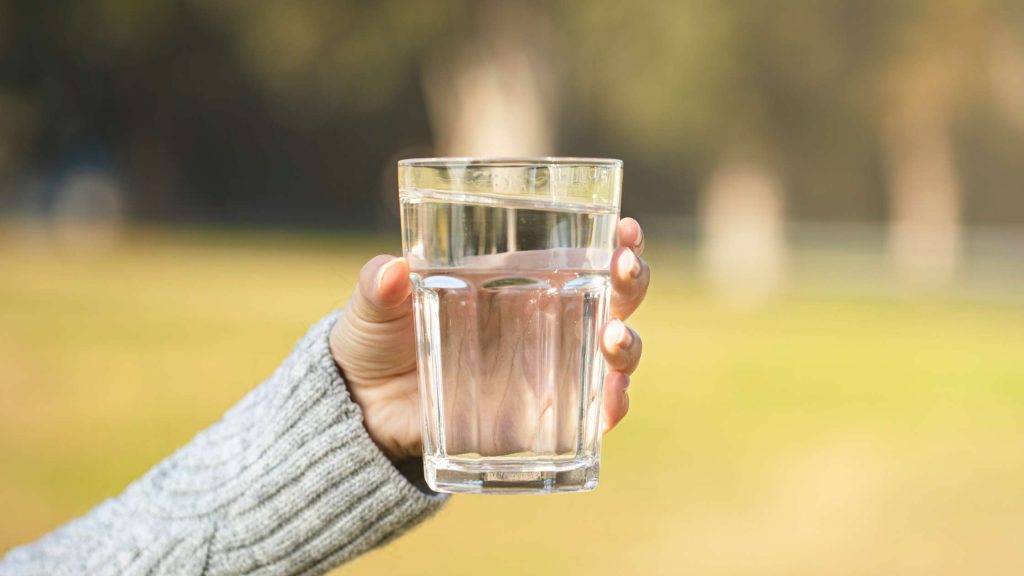Are you tired of the cloud of uncertainty hanging over your drinking water? Worried about the hidden dangers lurking within? Well, fret no more!
In this guide, we’ll show you how to rid your drinking water of those pesky Volatile Organic Compounds (VOCs) that can compromise your health. VOCs are sneaky chemicals that easily escape into the air and contaminate water sources, making their way into your cup.
But fear not! We’ve got you covered with effective methods to remove VOCs from your water supply. Say goodbye to respiratory issues and potential harm, and say hello to pure, safe drinking water.
It’s time to take control and ensure the well-being of you and your loved ones. Let’s get started!
Understanding Volatile Organic Compounds (VOCs)
How can you identify and remove Volatile Organic Compounds (VOCs) from your drinking water?
VOCs are chemicals that can be found in various household products and can contaminate your water supply. To identify VOCs, you can start by testing your water using specialized kits or by contacting a professional water testing service. These tests will help determine the presence and concentration of VOCs in your drinking water.
Once identified, there are several methods to remove VOCs from your water. One effective method is using activated carbon filters, which can absorb and trap VOCs. Another option is employing aeration systems, where air is blown through the water to release and remove VOCs.
It’s important to consult with water treatment experts to determine the best method for removing VOCs based on the specific contaminants present in your drinking water.
Sources of VOC Contamination in Drinking Water
VOC contamination in drinking water can originate from various sources over time.
One common source is industrial activities, such as manufacturing plants and chemical storage facilities. These industries may release VOCs into the environment, which can eventually find their way into water sources.
Another source of contamination is improper disposal of household products, such as cleaning solvents, paints, and pesticides. When these products are disposed of improperly, they can leach into the ground and contaminate groundwater supplies.
Additionally, VOCs can also enter drinking water through contaminated soil and groundwater. This can occur when hazardous waste sites or landfills are located near water sources.
It’s important to be aware of these potential sources of VOC contamination and take necessary precautions to protect your drinking water.
Testing for VOCs in Your Drinking Water
To determine the presence of volatile organic compounds (VOCs) in your drinking water, you should consider testing it regularly. Testing for VOCs is crucial because these compounds can come from various sources, such as industrial pollution, pesticides, and even household products.
VOCs can have harmful effects on your health, including respiratory problems and increased risk of cancer. By testing your drinking water, you can ensure its safety and take necessary steps to remove any VOCs present.
There are testing kits available that allow you to collect a sample of your water and send it to a laboratory for analysis. Alternatively, you can hire a professional to conduct the testing for you.
Regular testing will give you peace of mind and help protect the health of you and your family.
Effective Treatment Methods for Removing VOCs
To effectively remove volatile organic compounds (VOCs) from your drinking water, consider implementing reliable treatment methods.
One effective method is activated carbon filtration. This process involves passing water through a carbon filter which can adsorb and trap VOCs.
Another option is air stripping, which involves exposing the water to air, causing the VOCs to evaporate and then be removed.
Additionally, advanced oxidation processes such as ultraviolet (UV) radiation or ozone treatment can break down VOCs into harmless byproducts.
Reverse osmosis is another effective treatment method that uses a semipermeable membrane to remove VOCs and other contaminants from water.
It’s important to note that the effectiveness of these treatment methods may vary depending on the specific VOCs present in your water. Therefore, it’s recommended to consult with a water treatment professional to determine the most suitable treatment method for your needs.
Long-Term Solutions for Maintaining VOC-Free Drinking Water
To maintain VOC-free drinking water in the long term, you need to implement consistent and proactive measures.
One effective solution is to regularly test your water for VOCs and other contaminants. By staying informed about the quality of your water, you can address any issues promptly.
Additionally, consider installing a water treatment system that’s specifically designed to remove VOCs. These systems use advanced filtration technologies to effectively eliminate volatile organic compounds from your drinking water.
It’s also important to practice proper maintenance of your water treatment system, such as regularly changing filters and following manufacturer’s guidelines.
Furthermore, be mindful of potential sources of VOC contamination in your environment, such as household products and chemicals, and take steps to minimize their use and properly dispose of them.
Purifying Drinking Water from Volatile Organic Compounds with SafeWell
Ensuring that your drinking water is free from volatile organic compounds (VOCs) is essential for the health and well-being of you and your family.
By understanding the sources of VOC contamination, testing your water, and implementing effective treatment methods, you can remove these harmful compounds and maintain a safe water supply.
Taking proactive measures to eliminate VOCs will provide you with peace of mind and ensure the purity of your drinking water.
Make the conscious choice to secure your water quality with SafeWell. Contact us today to learn more about our cutting-edge solutions and embark on a journey towards pristine, contaminant-free drinking water for your home.



